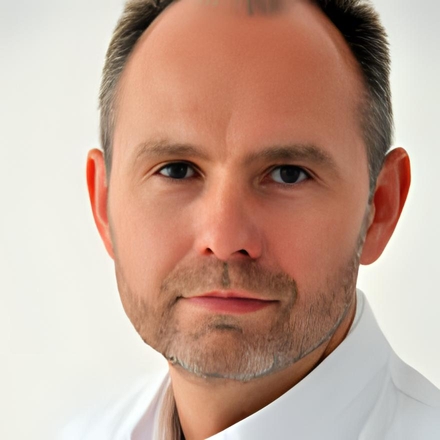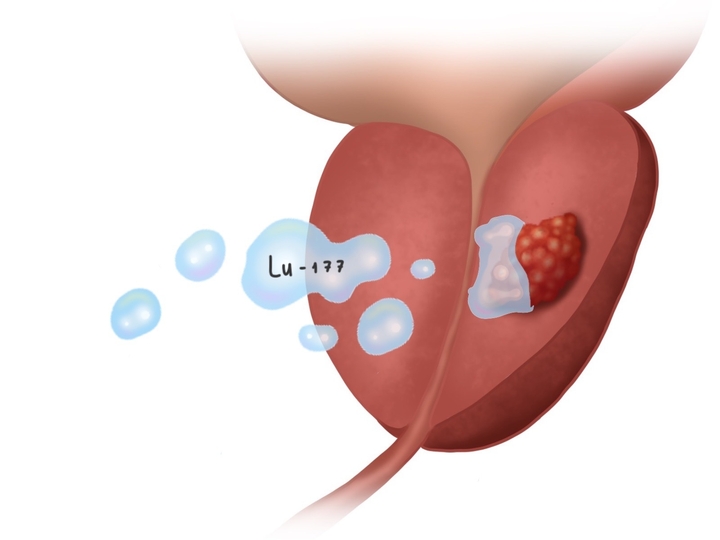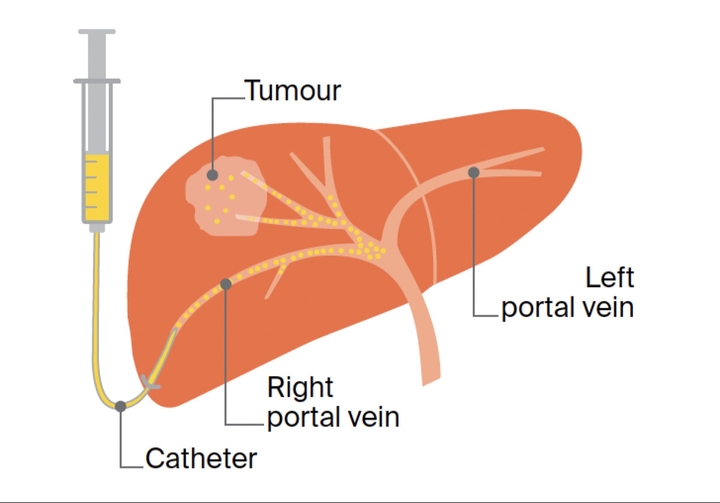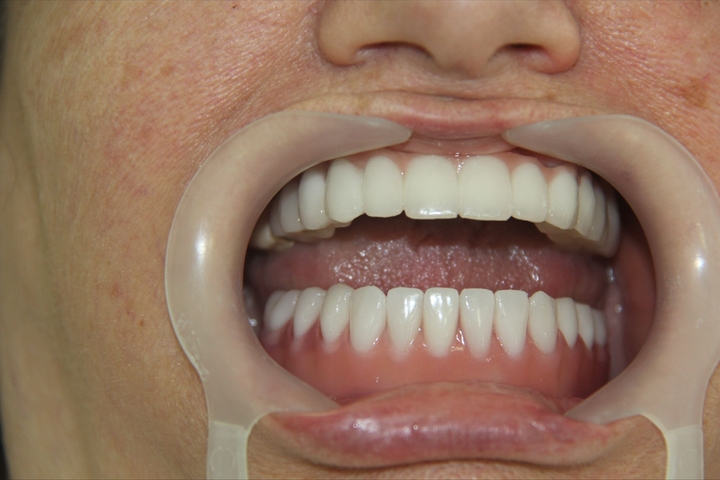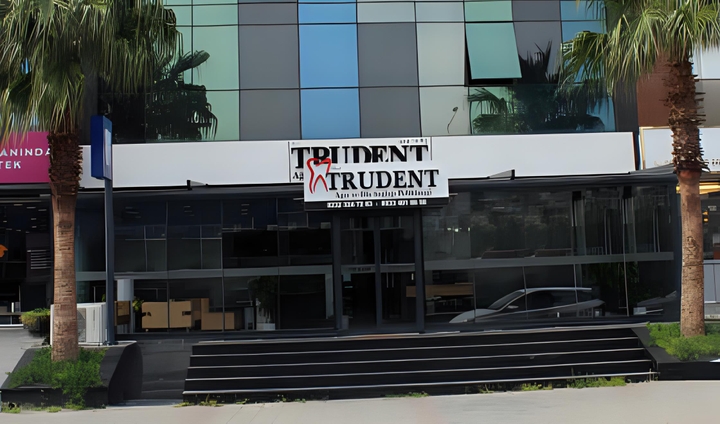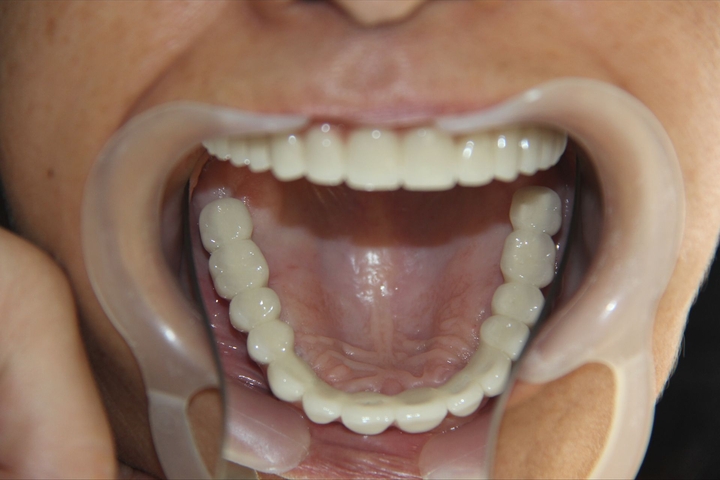Restoration Electro-Stimulation Therapy - Fedorov Restoration Therapy | Fedorov Restore Vision Clinic, Berlin, Germany
Berlin, Germany




Overview
Age group
Kids, Adults
Type of care
Outpatient
Method
Non-surgical
About the offer
What’s included
Medical service
- clinical history-taking
- medical records review
- physical examination
- consultation with an ophthalmologist
- consultation of chief physician Dr. Anton Fedorov
- visual acuity test
- slit-lamp examination
- light response pupil test
- tonometry (intraocular pressure measurement)
- refractometry
- ocular motility exam
- visual field testing
- fundus examination
- optical coherence tomography scan (OCT)
- CT scan of the head
- ocular ultrasound
- optical coherence tomography scan (OCT)
- visual acuity test
- slit-lamp examination
- light response pupil test
- tonometry (intraocular pressure measurement)
- refractometry
- ocular motility exam
- visual field testing
- fundus examination
- keratometry
- pre-procedure patient preparation
- a course of restoration electro-stimulation therapy
- post-procedure care
- symptomatic treatment related to the therapy
- doctor's fees
- cost of essential medicines
- cost of essential materials
- nursing service
- discharge medical records
- further recommendations
Extra add-ons
AiroCare
Meet the provider
Gallery
Customize this offer
If you're not seeing exactly what you need here, send your custom request. You can discuss the content, specifics, price & timeline to create a personalized plan.
Location
Prenzlauer Allee 90, 10409 Berlin, Germany
FAQ
How does Fedorov Restoration Therapy work?
Fedorov Therapy is founded on an advanced technology developed in the 1990s and used clinically since 1991. It utilizes repeated transorbital alternating current stimulation (rtACS)—a completely non-surgical method that does not require any implants or invasive procedures.
Rather than replacing damaged cells, the therapy focuses on enhancing the function of surviving retinal neurons and improving signal transmission along the optic nerve. Clinical research has shown that several weeks of such stimulation can significantly activate the visual system across multiple levels of the brain. This renewed state, known as induced plasticity, is essential for restoring vision when sight loss is caused by optic nerve damage.
Has the effectiveness of Fedorov Therapy been clinically proven and recommended for public use?
Yes. The therapy’s effectiveness has been demonstrated in large, multi-center clinical studies conducted at leading research institutions such as Charité University Hospital in Berlin and other major German universities. These trials were randomized, double-blind, and placebo-controlled (evidence class Ib).
Does Fedorov Therapy require surgery or invasive procedures?
No. Fedorov Therapy is a completely non-invasive, non-surgical treatment that restores visual function naturally using mild electrical currents applied around the eyes.
Individual cost estimate. Non-binding 100% free assessment.
